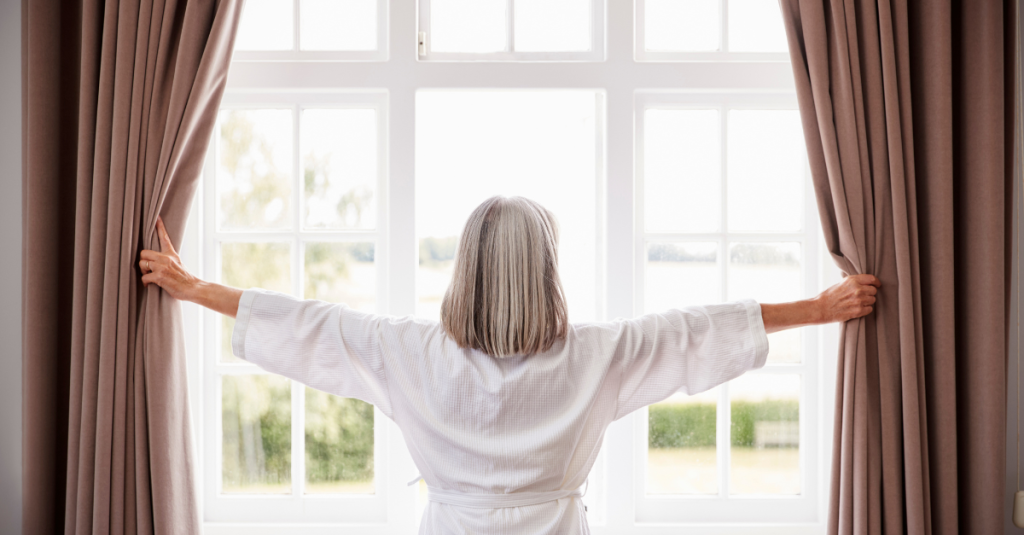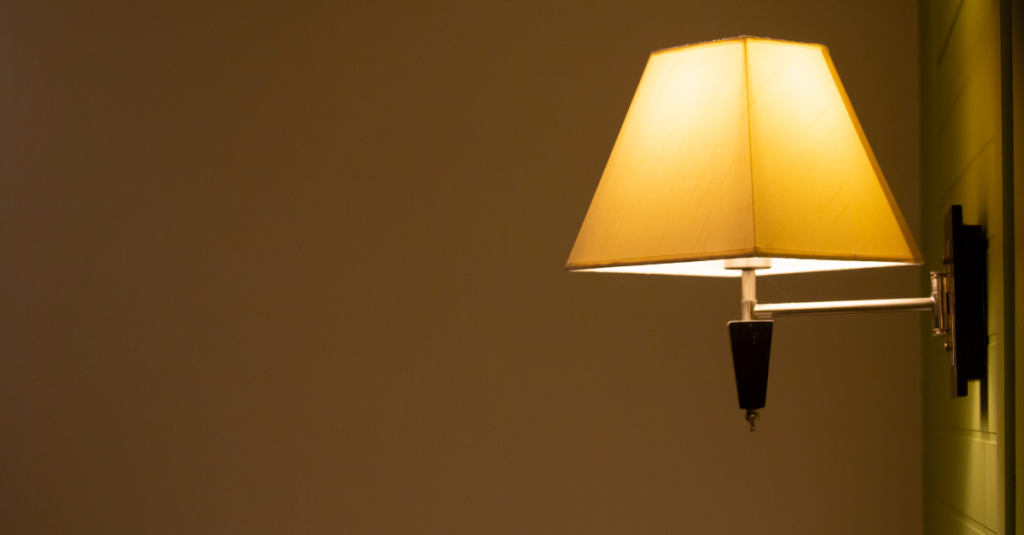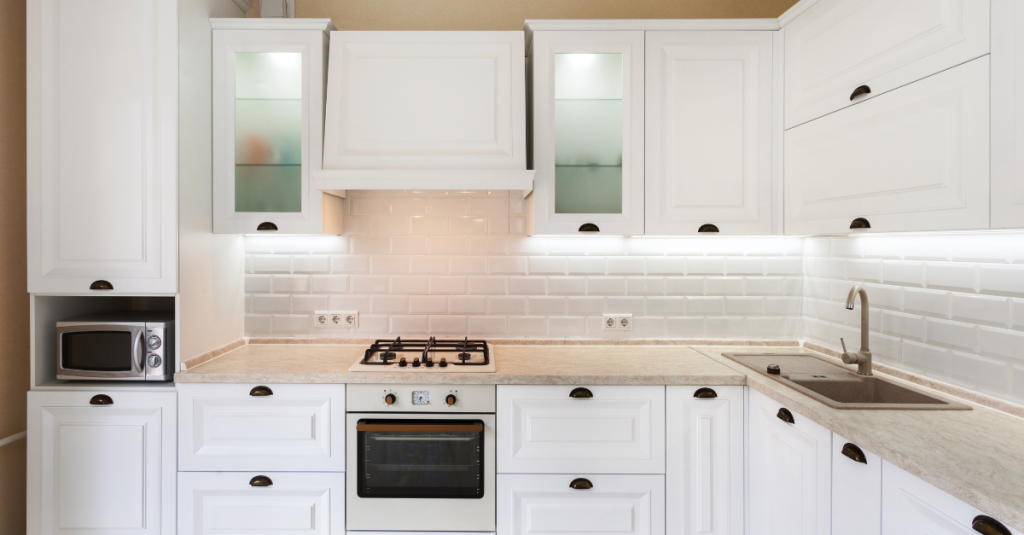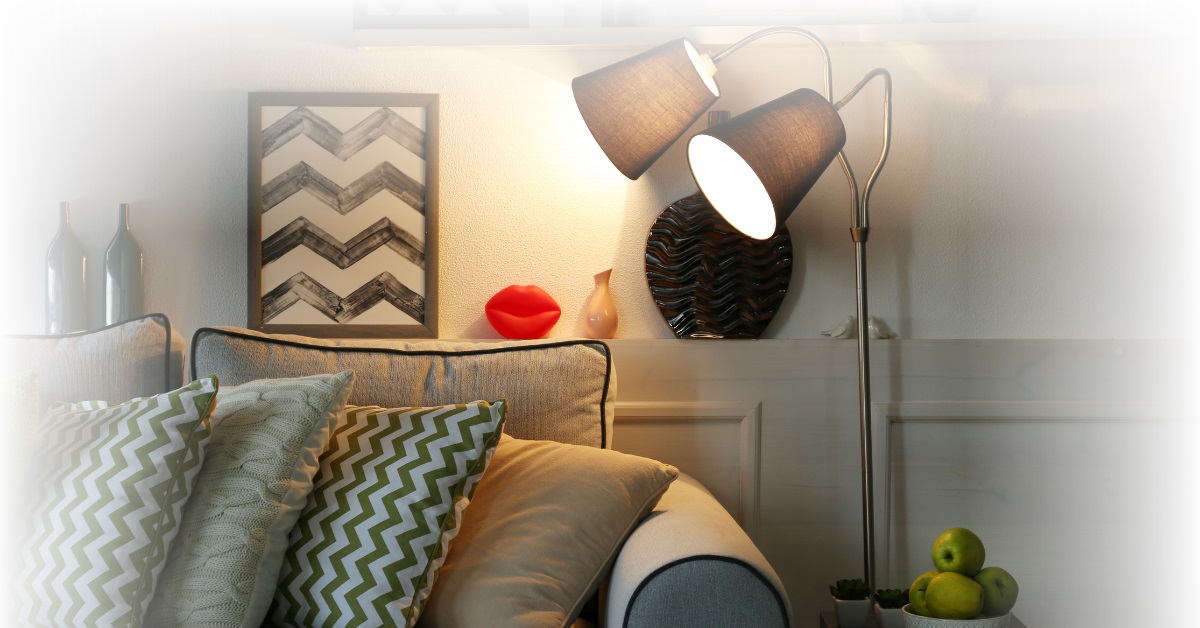The Importance of Lighting in Aging-in-Place Home Design
More people are choosing to stay in their homes as they age, and the need for thoughtful and functional home design is becoming increasingly important. One of the most essential aspects of aging-in-place design is lighting.
Proper lighting creates a safe, accessible, and comfortable environment. In this blog, we’ll explore how well-designed lighting can enhance safety, support independence, and improve the overall quality of life for older adults.
Why is lighting important for safety and well-being?
Poor lighting can contribute to household accidents like falls and injuries. A well-lit home ensures that high-traffic areas and potential hazards are clearly visible, reducing the risk of slips, trips, and falls.
Inadequate lighting can also make daily activities more difficult for those with vision impairments or mobility issues. Seniors with vision decline often struggle with low-light conditions, and creating a well-lit home reduces the effort required to complete tasks such as cooking, reading, or moving around.
Lighting and Mental Health

Lighting is also deeply tied to emotional well-being and mental health. Proper lighting can significantly impact mood, comfort, and even cognitive function for seniors.
Poor lighting, particularly in the darker months, can contribute to feelings of isolation, anxiety, and depression, especially for those who may already experience reduced mobility or spend extended periods indoors.
Natural light, or lighting that mimics natural light, is particularly beneficial for seniors. Sunlight boosts mood and helps regulate sleep patterns, which is important as circadian rhythms shift with age. When natural light isn’t available, lighting with a warm color temperature can create a cozy and inviting atmosphere, while cooler lighting can be used for areas requiring more alertness, such as kitchens and workspaces.
By paying attention to the quality and placement of lighting, homeowners can foster a more welcoming and comfortable environment that improves both physical and emotional well-being.
Home Lighting Ideas

Effective lighting design in aging-in-place homes involves using a combination of different lighting types. The three main types of lighting—ambient, task, and accent lighting—each contribute to creating a well-lit, functional space.
1. Ambient Lighting
This is the general lighting that illuminates entire rooms. In aging-in-place design, ambient lighting should be bright but not harsh, ensuring even distribution throughout the space. Ceiling lights, chandeliers, and recessed lighting are common examples.
2. Task Lighting
Task lighting focuses on specific areas where visibility is especially important, such as kitchen counters or reading nooks. It provides additional light in areas where general lighting may not be sufficient.
3. Accent Lighting
Although not as crucial as ambient or task lighting, accent lighting adds warmth and character to a room. For seniors, accent lighting can be used to highlight areas they frequent, like seating areas or entryways, providing both aesthetic appeal and practical benefits.
Where to put lights in a house?

Consider key areas where visibility is necessary for safety and well-being:
1. Stairways
Staircases, in particular, can be hazardous without proper lighting. Installing step lighting or motion-activated lights near stairs provides additional security and ensures that you can safely navigate these spaces at any time of day.
2. Hallways
Well-lit hallways are essential for safe movement throughout the home. Installing wall sconces or recessed lighting at regular intervals illuminates potential obstacles and creates a welcoming atmosphere.
3. Entryways
Proper lighting in entryways enhances security and sets the tone for your home. A combination of overhead and accent lighting can create a warm, inviting space while ensuring visibility.
4. Outdoor Lighting
Outdoor lighting around entrances and pathways is crucial for avoiding accidents and providing peace of mind when returning home after dark.
5. Kitchen and Living Areas
Task lighting, such as under-cabinet lighting in kitchens or reading lamps near seating areas, helps illuminate specific areas where good lighting makes life easier.
Ensuring that your home is equipped with adequate lighting in these areas is one of the simplest and most effective ways to promote a safe living environment.
How to Make Home Lighting Even More Accessible and Convenient

Simple-to-use technology can allow aging adults to easily adjust lights to suit their needs and without physical effort.
Adjustable lighting, like dimmer switches, allows seniors to modify the brightness to suit their needs, providing control over their environment and reducing eye strain.
For seniors who may have trouble reaching light switches, installing motion sensors can help greatly. Motion-activated lights automatically turn on when someone enters a room, reducing the need for switches.
Using technology such as smart lighting systems can also enhance convenience. Smart lighting can be controlled via voice commands or smartphone apps, allowing seniors to easily adjust lights.
Upgrading Your Home with Energy-Efficient Lighting

When you upgrade your home with more accessible lighting, you can also benefit from energy savings.
Energy-efficient lighting solutions, such as LED lights, consume significantly less electricity than traditional bulbs and last much longer, reducing the frequency of bulb replacements. This can lower energy bills and cut down on maintenance efforts.
LED lighting also produces less heat than incandescent bulbs, which makes them safer to use, especially in areas where individuals may have limited mobility or dexterity.
With the availability of energy rebates and incentives, upgrading to more efficient lighting systems can be a cost-effective solution for homeowners looking to enhance both safety and sustainability in their homes.
Make Your House a Forever Home with RWC
Lighting plays an integral role in creating a home environment that is safe and functional for seniors. Whether you’re planning a renovation for yourself or a loved one, remember that lighting can make all the difference in creating a home that promotes safety, comfort, and well-being.
As Certified Aging-in-Place Specialists (CAPS), Robert Way Construction is here to help you remodel your home for the future so it’s safe, functional, and beautiful. If you have any questions about aging-in-place remodeling or considerations, don’t hesitate to schedule a call.
We’re here to help you make your house a forever home.

